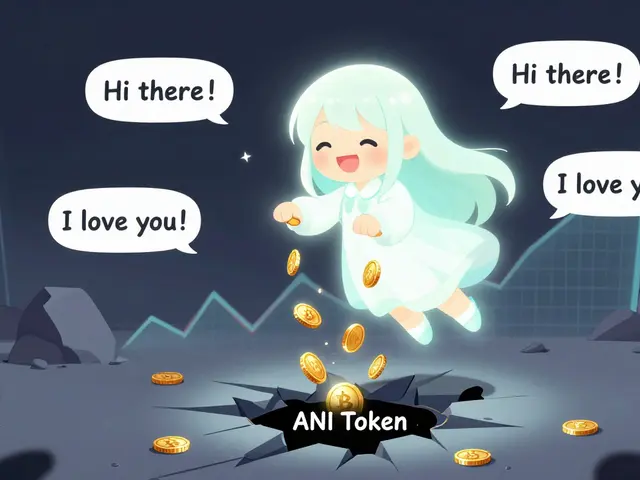Crypto Portfolio Management: How to Track, Balance, and Protect Your Digital Assets
When you own cryptocurrencies, digital assets that exist on blockchains and can be bought, sold, or staked. Also known as digital coins, they’re not like stocks or cash—you can’t just glance at a bank app and know your total value. Managing them without a plan is like driving blindfolded. You might hit a jackpot with a memecoin like Landwolf 0x67 (WOLF), a memecoin tied to a comic series with no real utility and rapidly falling value, but you could also be stuck with tokens like NFMart (NFM), a token with a $150K market cap and 99.79% price drop, showing zero real activity that just sit there, bleeding value.
Good crypto portfolio management means knowing what you own, why you own it, and what happens if it crashes. It’s not about chasing every new token. It’s about avoiding the ones that look like investments but are just gambling tickets. Look at BNB BUNNY (BNBBUNNY), a token with zero trading volume, no team, and no connection to Binance—it’s not a coin, it’s a ghost. Or Poken (PKN), a token built for an adult platform that lost 99% of its value and now trades with almost no buyers. These aren’t mistakes you fix—they’re red flags you avoid from the start.
Real portfolio management means tracking your holdings across wallets and exchanges, understanding gas fees on chains like Ethereum, a blockchain where smart contract costs can hit $50+ per transaction, and knowing when to cut losses. It means recognizing that a token like XTUSD, a stablecoin on the XT platform with unclear audits and risks compared to USDT or USDC, might look safe but could have hidden flaws. You need to know the difference between a real DeFi tool like OpenLeverage (OLE), a margin trading protocol with clear mechanics and active users, and a dead project hiding behind a fancy name.
Some of your tokens might be part of a bigger trend—like green crypto or blockchain gaming—but most are noise. Your job isn’t to own everything. It’s to own the right things, and know when to let go. Below, you’ll find real breakdowns of tokens, exchanges, and risks—no fluff, no hype. Just what’s actually happening in the market, so you can make smarter moves with your money.
How to Track and Manage Your Crypto Portfolio in 2025
Learn how to track and manage your crypto portfolio in 2025 with proven allocation strategies, top tools, and simple rules to avoid common mistakes. Build a disciplined, low-stress approach to crypto investing.





